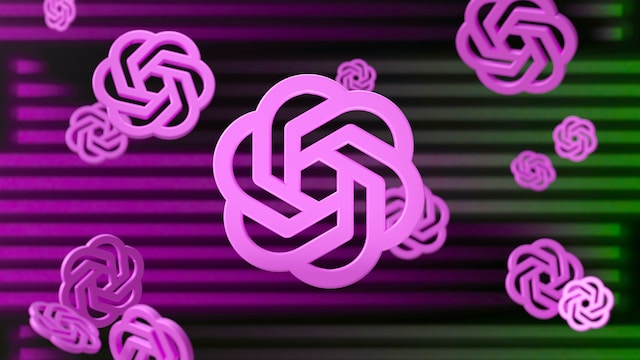 AI
AI
 AI
AI
 AI
AI
OpenAI today announced a new safety plan that will give its board of directors veto power to overrule Chief Executive Sam Altman if it considers the risks of the AI being developed to be too high.
“The study of frontier AI risks has fallen far short of what is possible and where we need to be,” the company wrote in a post. “To address this gap and systematize our safety thinking, we are adopting the initial version of our Preparedness Framework. It describes OpenAI’s processes to track, evaluate, forecast, and protect against catastrophic risks posed by increasingly powerful models.”
Although there will be “safety systems” teams that will overlook possible abuses and risks associated with current AI models such as ChatGPT, the Preparedness Team will access frontier models, and a “superalignment” team will watch over the development of “superintelligent” models, all of which will report to the board.
Humanity seems a long way off from developing AI that is more intelligent than humans, but the company says it wants to “look beyond what’s happening today to anticipate what’s ahead.”
Such new models, said OpenAI, will be pushed “to their limits,” after which detailed scorecards will be given for four risk categories: cybersecurity, persuasion (lies and disinformation), model autonomy (doing its own thing) and CBRN (chemical, biological, radiological and nuclear threats, that is, creating something nasty).
Each section will be given a low, medium, high or critical risk score, after which there will be a post-mitigation score. If the risk is deemed medium or below, the technology can be deployed. If it’s high, development can still proceed, and if it’s critical, all development will stop. There will also be steps taken regarding accountability, with OpenAI saying if issues do emerge, independent third parties will be brought in to audit the technology and offer feedback.
“We will collaborate closely with external parties as well as internal teams like Safety Systems to track real-world misuse,” said the company. “We will also work with Superalignment on tracking emergent misalignment risks. We are also pioneering new research in measuring how risks evolve as models scale, to help forecast risks in advance, similar to our earlier success with scaling laws.”
Support our mission to keep content open and free by engaging with theCUBE community. Join theCUBE’s Alumni Trust Network, where technology leaders connect, share intelligence and create opportunities.
Founded by tech visionaries John Furrier and Dave Vellante, SiliconANGLE Media has built a dynamic ecosystem of industry-leading digital media brands that reach 15+ million elite tech professionals. Our new proprietary theCUBE AI Video Cloud is breaking ground in audience interaction, leveraging theCUBEai.com neural network to help technology companies make data-driven decisions and stay at the forefront of industry conversations.